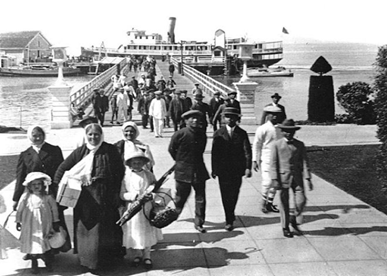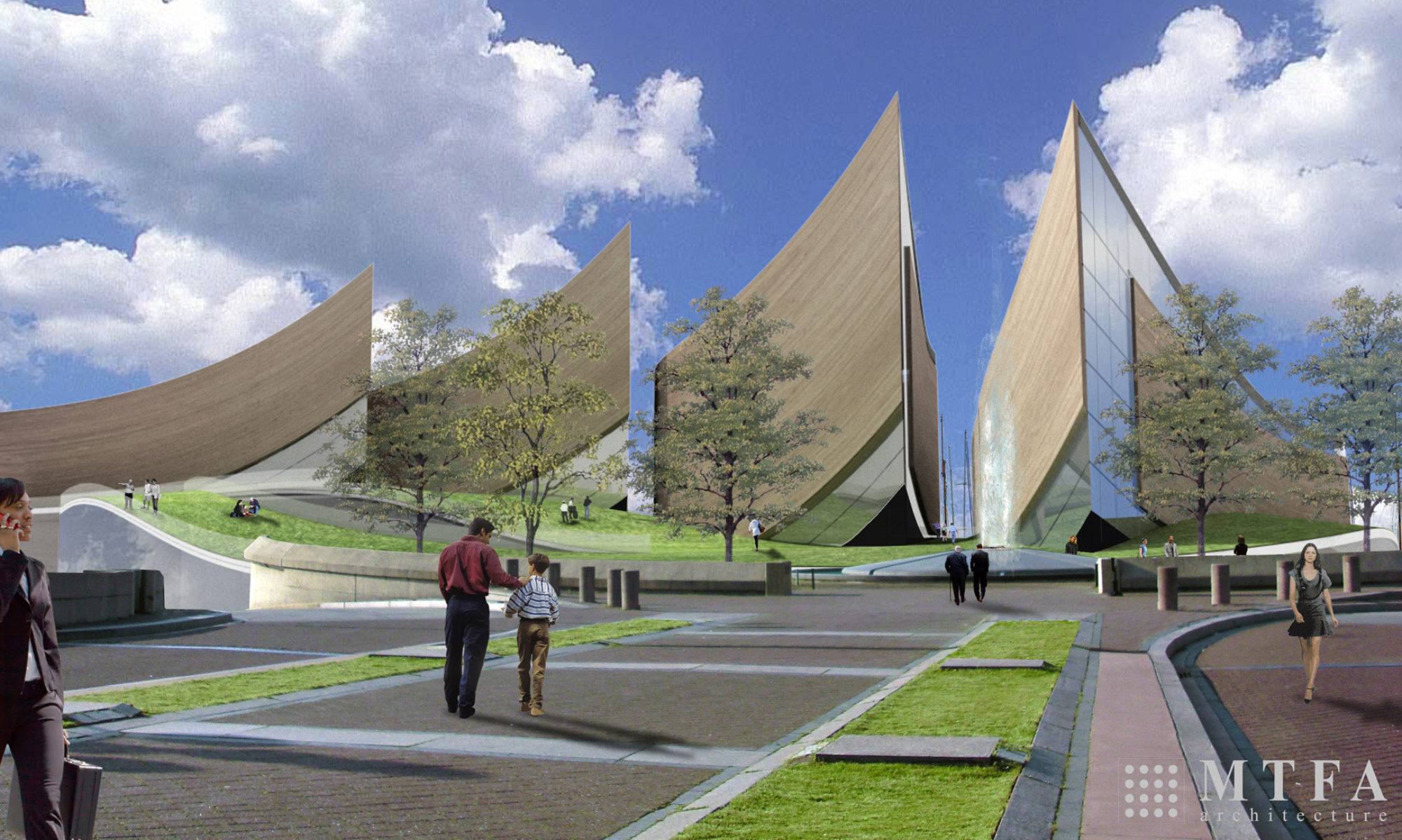
A Peopling of America program would consist of scholars at the National Museum of the American People working with National Park Service officials to identify sites throughout the nation where events of significant migration and immigration history took place. The sites would be marked with special plaques designating them as “Peopling of America National Historic Landmarks.”
The most famous immigration site in America is Ellis Island, although the ancestors of most people in our nation came before Ellis Island opened in 1892, after it closed in 1954, came through other ports, or were already on land that the U.S. took over. On the West Coast, for example, Angel Island, not far from the Golden Gate Bridge in San Francisco Bay, is where many immigrants from Asia arrived in the United States.
As sites are designated, and markers placed, Peopling of America themed maps could be created for the public based on regional designations and specific ethnic designations. Members of ethnic groups could tour the nation to see first hand where people from their homelands landed in the U.S. Families could tour their regions to learn about the special places where different peoples first arrived to become Americans.
The Peopling of America idea was initiated by Hawaii Sen. Daniel Akaka 20 years ago but was never implemented. With heightened interest in genealogy and using DNA to trace ancestors, this would be another way to trace one’s personal roots.
The Peopling of America National Historic Landmarks would also be used to designate original settlements and paths that were followed by groups as they moved across the country. The Landmarks will describe the key events in the immigration and migration histories of these groups.
The Peopling of America program will provide a basis for the preservation and interpretation of the movements of groups that shaped the nation, including groups that arrived on the land before our nation existed. The process could also lead to more structures and places nominated to be added to the National Register of Historic Places.
Significant sites of First Peoples and the sites of both early and current tribal cultures would be marked. Trails leading westward such as the Mormon Trail, the Trail of Tears and the Santa Fe Trail could be designated for their role in the peopling of America. So too could the Underground Railroad which was followed by Southern slaves to free themselves in the North and the actual railroads that helped to move the population center of the U.S. westward.
Sites all along the Canadian and Mexican borders with the U.S could be marked as could ports and beaches throughout the U.S. and its territories.
By making Americans more aware that the places that mark our immigration and migration journeys are all around us, the National Museum of the American People will enhance our understanding of that central aspect of our nation’s uniqueness.
This blog is about the proposed National Museum of the American People which is about the making of the American People. The blog will be reporting regularly on a host of NMAP topics, American ethnic group histories, related museums, scholarship centered on the museum’s focus, relevant census and other demographic data, and pertinent political issues. The museum is a work in progress and we welcome thoughtful suggestions.
Sam Eskenazi, Director, Coalition for the National Museum of the American People
